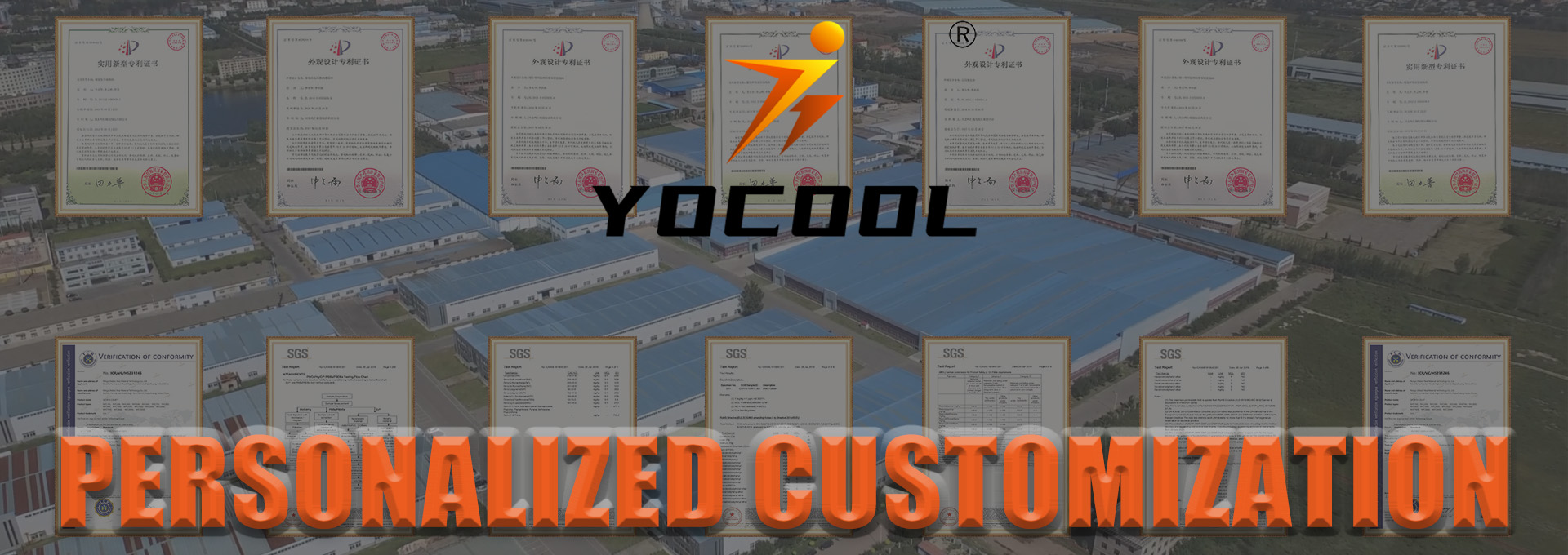May . 08, 2024 13:43 Back to list
Tennis Padel Court: A Comprehensive Guide
Tennis padel courts, also known simply as padel courts, have gained immense popularity in recent years, captivating sports enthusiasts worldwide. This article aims to provide a detailed exploration of tennis padel courts, covering everything from their origins to their construction, rules, and the benefits they offer.
Originating in Mexico in the late 1960s, padel is a racquet sport that combines elements of tennis and squash. The sport quickly spread across Latin America and Europe before gaining traction globally. Padel courts are typically smaller than traditional tennis courts, with dimensions measuring 20 meters in length and 10 meters in width. The court features glass walls and a wire mesh fence, creating a dynamic playing environment that emphasizes strategy and precision.
Construction of a tennis padel court involves several key steps. Firstly, a suitable location must be selected, ensuring adequate space for the court and surrounding areas. The court's surface is typically made of artificial grass or synthetic turf, providing players with a consistent playing surface that minimizes the risk of injuries. The court's walls are constructed using tempered glass panels, allowing spectators to observe the action while ensuring player safety.
In terms of gameplay, tennis padel follows similar rules to traditional tennis, with some notable differences. Matches are typically played in doubles format, with each team comprising two players. The game is played with a solid paddle and a depressurized tennis ball, which enhances control and maneuverability. Padel scoring is similar to tennis, with matches typically played as the best of three sets.
One of the key attractions of tennis padel is its accessibility to players of all skill levels. The sport is easy to learn, making it ideal for beginners, yet offers enough depth and complexity to challenge experienced players. Padel's emphasis on teamwork and strategy fosters a sense of camaraderie among players, making it a popular choice for social gatherings and competitive tournaments alike.
In addition to its recreational benefits, tennis padel offers numerous health benefits. The sport provides a full-body workout, incorporating elements of cardiovascular exercise, strength training, and agility. Padel's fast-paced nature helps improve reflexes and hand-eye coordination, while its low-impact nature reduces the risk of joint injuries commonly associated with high-impact sports.
In conclusion, tennis padel courts offer a unique and engaging sporting experience for players of all ages and skill levels. From its origins in Mexico to its global popularity today, padel continues to captivate enthusiasts with its dynamic gameplay and social appeal. Whether you're a seasoned athlete or new to the sport, tennis padel provides a fun and rewarding way to stay active and connect with others.
-
High-Performance Industrial Flooring Solutions China Paddle Tennis Court for Sale
NewsJul.08,2025
-
High-Performance Industrial Flooring Solutions Durable & Cost-Effective
NewsJul.08,2025
-
Homogeneous Transparent Floor – Durable & Stylish Rubber Floor Solutions
NewsJul.07,2025
-
Premium Homogeneous Transparent Floor for Durable & Stylish Spaces Rubber Floor Solutions
NewsJul.07,2025
-
Premium Sports Floor Solutions Durable PVC Sports Floor & Rubber Floor for Gyms
NewsJul.07,2025
-
Durable Rubber Composite Floor Premium Rubber Floor & Mats Solutions
NewsJul.06,2025

